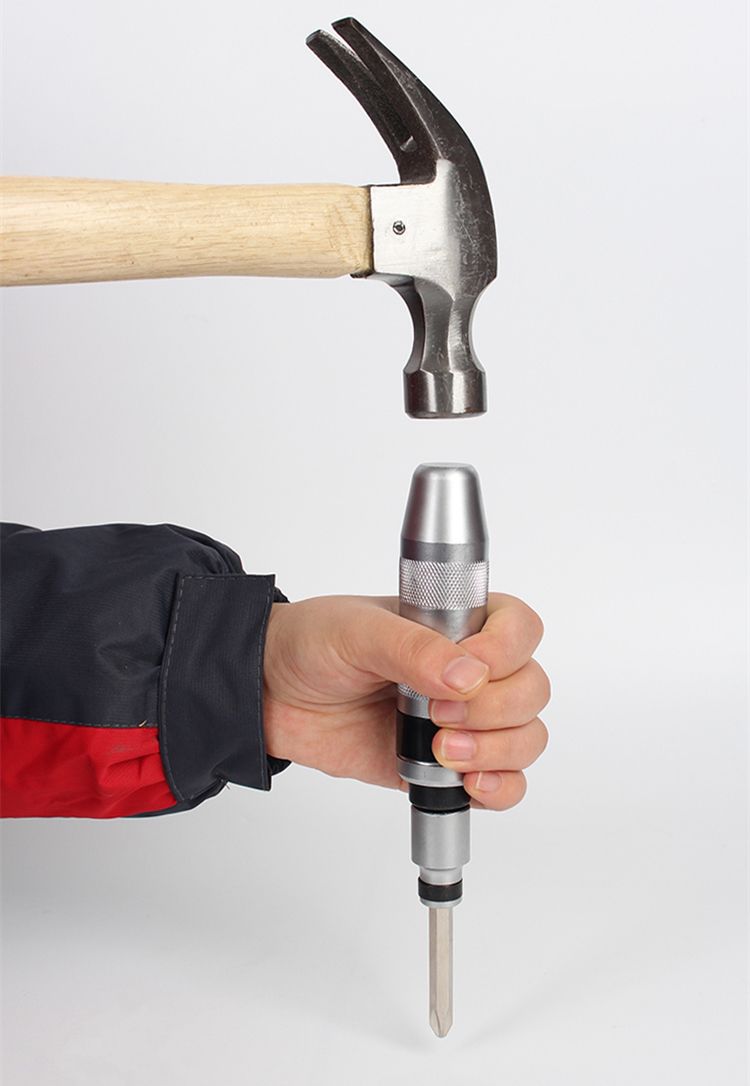
Introduction
Have you ever found yourself trying to remove a slotted screw, only to feel like giving up after a few minutes of struggle? Removing a stubborn screw can be frustrating, especially if you don't have the right tools or techniques. However, with a little bit of patience and some basic knowledge, you can easily remove a slotted screw without damaging the surrounding material. In this article, we will guide you through the steps to remove a slotted screw safely and effectively.Step-by-Step Guide to Removing a Slotted Screw
Before we start, it's important to note that some screws may be more difficult to remove than others, depending on factors such as the age of the screw, the material it's attached to, and the amount of rust or corrosion on the screw. With that said, let's get started with the step-by-step guide.
Step 1: Choose the Right Screwdriver

The first step in removing a slotted screw is to choose the right screwdriver. The size of the screwdriver should match the size of the screw head, otherwise, you risk damaging the screw and making it even harder to remove. Make sure the screwdriver is in good condition and has a comfortable grip to ensure precise control when turning the screw.
Step 2: Apply Pressure and Turn the Screwdriver

Once you have the right screwdriver, place it firmly into the screw head and apply pressure to keep it in place. Turn the screwdriver slowly in a counterclockwise direction (for a clockwise thread) to unscrew the slotted screw. If the screw doesn't budge, try gently tapping the end of the screwdriver with a hammer to loosen it. Avoid using excessive force, as this can strip the screw head or damage the surrounding material.
Step 3: Use Pliers or a Wrench

If the screw is still stuck, you can try using pliers or a wrench to increase your grip and leverage. Place the jaws of the pliers or wrench on the screw head and turn it in a counterclockwise direction. Be careful not to apply too much pressure, as this can cause the screw head to break off.
Step 4: Apply Heat

If the screw is still stubborn, you can try applying heat to the surrounding material. This can help to expand the metal and loosen the screw. Use a heat gun or a propane torch to heat the area around the screw for a few minutes, then try turning the screwdriver or pliers again.
Step 5: Use a Screw Extractor
If all else fails, you may need to use a screw extractor. This is a special tool designed to remove stripped or stuck screws. To use a screw extractor, drill a small hole into the center of the screw head, then insert the extractor into the hole and turn it counterclockwise. The extractor will grip the inside of the screw and turn it out of the material.
Conclusion
Removing a slotted screw may seem like a daunting task, but with the right tools and techniques, it can be done safely and effectively. Remember to choose the right screwdriver, apply pressure and turn slowly, use pliers or a wrench if necessary, apply heat, and use a screw extractor as a last resort. With these tips, you can remove a stubborn slotted screw and get back to your project in no time.